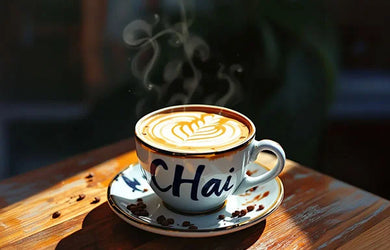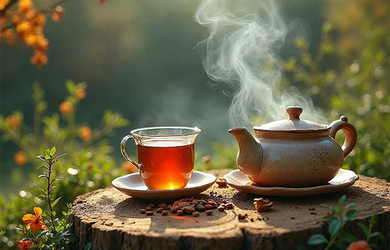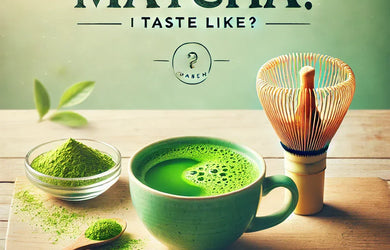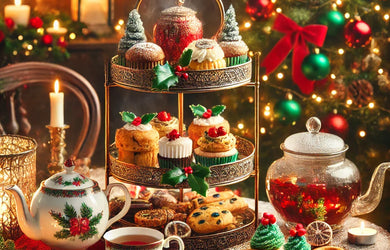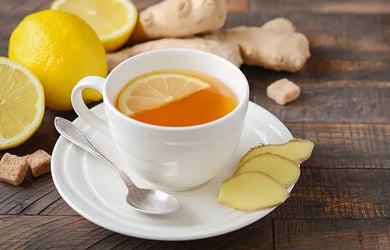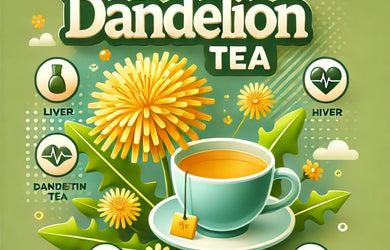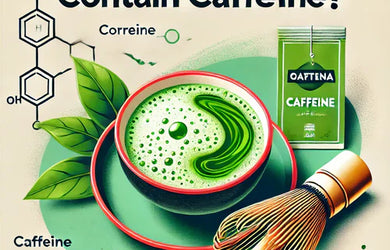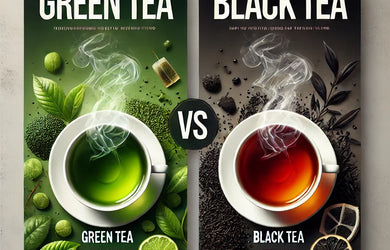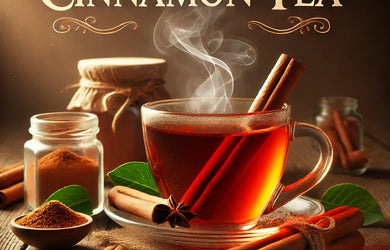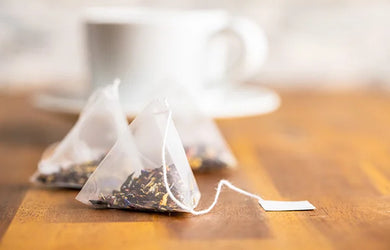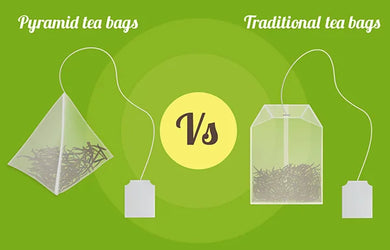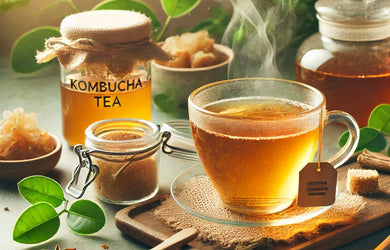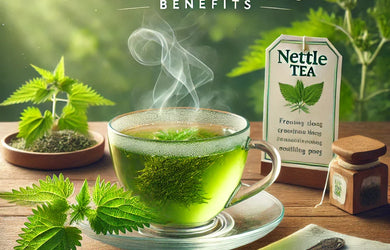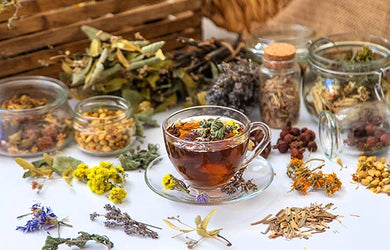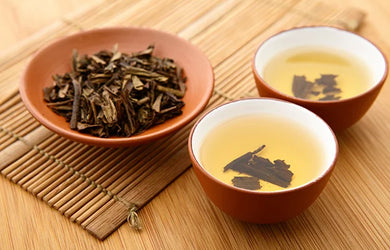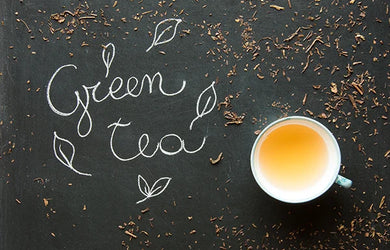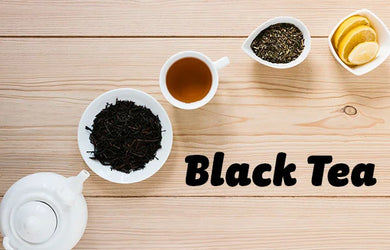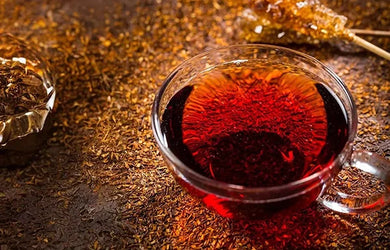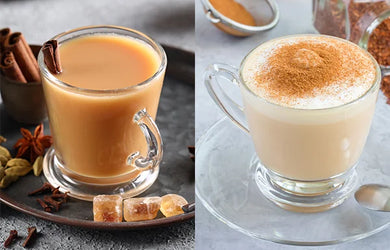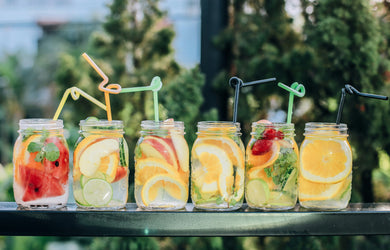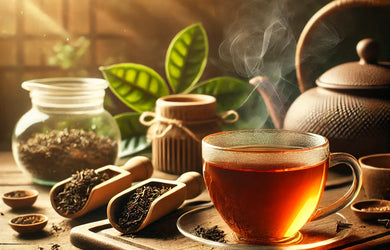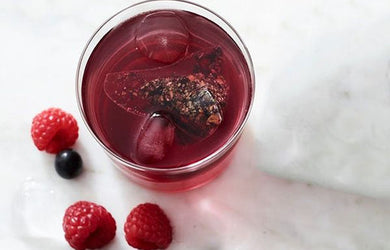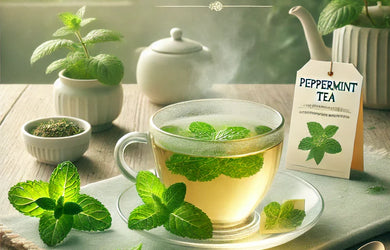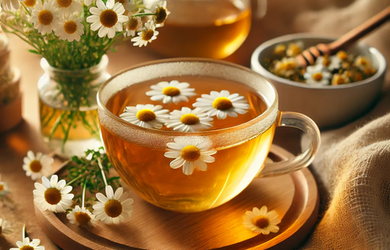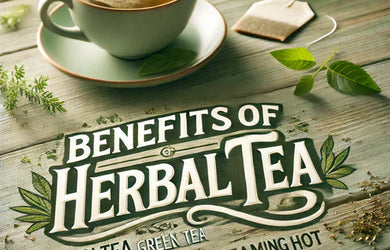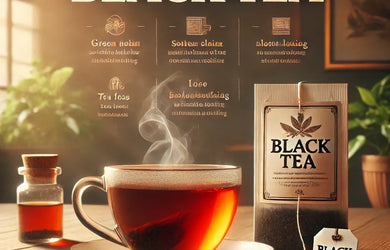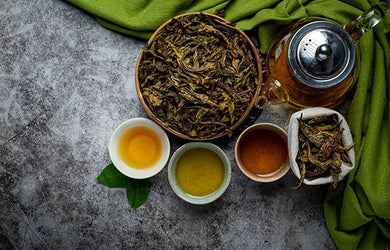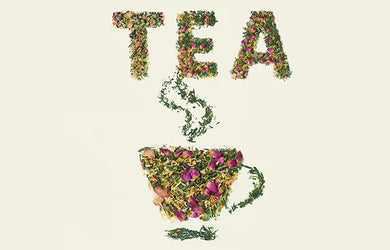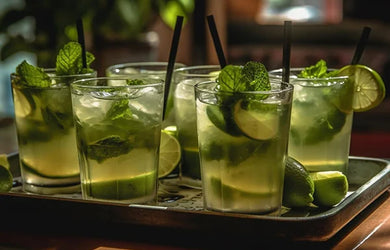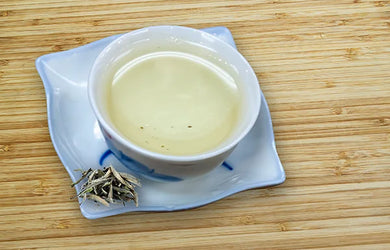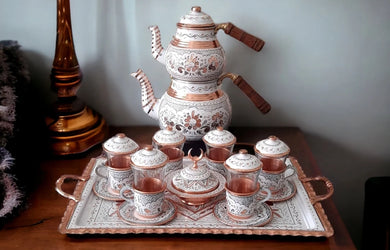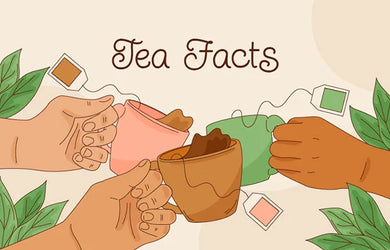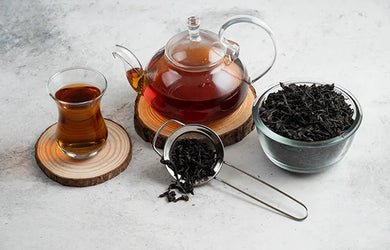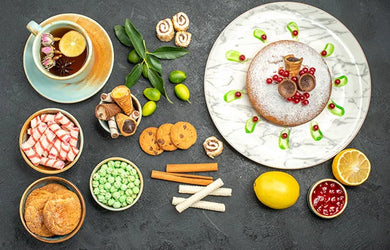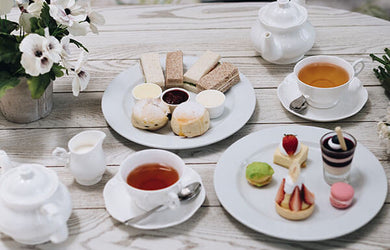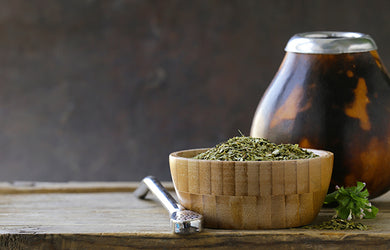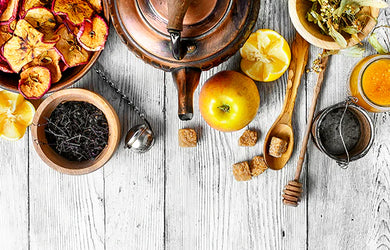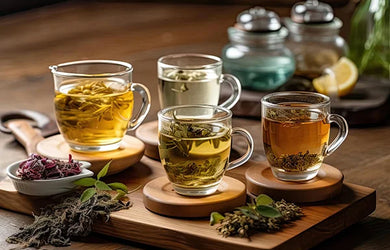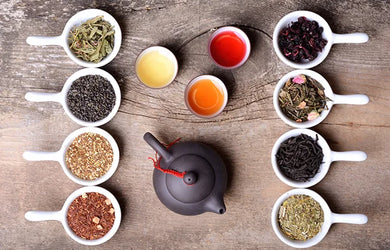step into the intriguing history of tea with us as we uncover an interesting narrative. the stories of tea history extend over a long period, starting in ancient china and spreading all over the world.
it’s like a vessel for stories that span across cultures and centuries. it carries the tales of ancient legends in china, the art of japanese tea ceremonies and the trips around the world by explorers and sellers.
join us as we explore some fascinating phases in the history of tea – it's a story filled with unique flavours, cool traditions and moments that made tea what it is today.
what is tea and its significance in different cultures?
a comforting infusion of steeped leaves – that’s tea. but not quite. tea holds profound significance in different cultures globally.
the history of tea goes back thousands of years in china and over the years it’s become such an integral part of the chinese culture that it led to tea ceremonies, which continue even today – like the gongfu tea ceremony.
similar tea ceremonies are part of japanese culture as well, which emphasise creating a bond between individuals and achieving inner peace. while tea ceremonies may not exist in india, tea holds great significance there – the chai tea is an essential part of almost every gathering.
in the uk, afternoon tea has continued to transform tea gatherings from royalty to the general public since the 1840s. meanwhile, in turkey, strong black tea served in small glasses fosters social connections.
even in australia, where coffee usually reigns, the popularity of tea is growing, and it’s relied upon as a comforting companion.
who invented tea?
if you could travel back in time to china, you’d stumble upon the intriguing legend of emperor shen nong, a celebrated figure who’s often called the "divine farmer". incidentally, he’s also celebrated as the father of traditional chinese medicine.
legend has it that the emperor had a penchant for consuming boiled water. during one such occasion, as his servant was in the process of boiling water, something happened that would create a new drink – leaves from a nearby tree were somehow carried by wind to land in the water without the servant's notice. oblivious to this, the servant presented the water to the emperor. as you would have guessed, the leaves belonged to the camellia sinensis plant that is linked to the origin of tea.
the emperor was intrigued by the pleasant aroma and subtle flavour of this “chance” infusion. this interesting episode emerged as a crucial turning point that marked the origin of tea, positioning the emperor as the one who invented tea.
while the story is not from the documented history of tea, it may have some truth. it’s a well-known fact that archaeological evidence has confirmed that tombs dating back to the han dynasty (206 bc - 220 ad), carried tea containers.

the ancient origins of tea
the story of tea begins a really long time ago stretching back over five thousand years. the origin of tea is from a period (2737 bce) that may not be part of the verified history of tea but lays the foundation of its evolution.
from the one who invented tea, the legendary emperor, to the people of china who embraced this extraordinary infusion – the influence of tea continued to grow. however, it was cherished more for its medicinal strength than its delightful taste.
as time went on, tea became more than just medicine. it grew into something important for the chinese culture. they were the first to turn tea into an everyday drink, and it became a big deal, especially for the royal folks (like the tang dynasty). they even created special ceremonies for tea – turning the act of drinking tea into a meaningful and cultural experience.
however, the cultural tea experience didn't stay limited to one country. when the silk road network developed across countries, tea found its way to japan with buddhist monks. they may not be the ones who invented tea, but they had an important role to play in the growth of this meditative drink in japan.
word spread about this calming infusion and the dutch traders took it to europe. from there it went to britain, and then to australia and india. eventually, india became a big player in the tea game and places like assam and darjeeling became popular for their tasty tea.
from china to the other parts of the world, the history of tea is not confined to a single narrative. it connects cultures and creates unique stories that reflect the global journey of this beloved beverage.
different tea varieties
throughout the history of tea, evolving production techniques have given rise to a myriad of varieties, ranging from classic greens to enticing aromatic blends. some fascinating varieties are given here:
green tea:
most of us across the globe know about green tea, after all, the history of tea started with it. by the way, this popular tea with a soothing taste and vibrant green colour originates from the camellia sinensis tree – the same for other traditional teas. the leaves remain green as they undergo minimal oxidation during processing.
matcha is a type of green tea made from shade-grown leaves. it differs from other green teas as the entire leaf is powdered and consumed.
black tea:
while black tea wasn't produced until much later after the green tea, its place in the history of tea is noteworthy. interestingly, it comes from the same plant as green tea but differs in so many ways. its fermentation process is at work here and defines the character of black tea – the robust flavours, bold aromas and a dark amber hue. assam and darjeeling from india, earl grey from england and keemun from china are some of the black teas.
oolong tea:
the history of tea is woven with interesting tales of discovery and production; and yes…there’s one for oolong too! someone called wu liang, later known as wu long or oolong, accidentally stumbled upon oolong tea. instead of packing the tea leaves he had gathered, he chose to pursue a deer. upon his return, he discovered the partially oxidised tea leaves – the oolong.
the partially oxidised, oolong tea strikes a balance between the freshness of green tea and the depth of black tea. they have a range of flavours – from the floral and fruity notes of tie guan yin to the roasted and earthy tones of da hong pao.
white tea:
some aspects of how white tea was produced and consumed changed throughout the history of tea, at least during certain dynasties in china. earlier, compressed cakes of tea leaves were made, and pieces were broken off to steep in water – but that changed later.
one aspect remains the same, though – it’s made from young, delicate leaves and buds that are harvested for a very short duration in march and april, and then they undergo minimal processing. bai hao yinzhen (silver needle) and bai mudan (white peony) are well-regarded varieties.
pu-erh tea:
pu-erh tea from china's yunnan province, is a fermented tea with a distinctive earthy and musty flavour. it’s often compressed into cakes or bricks for aging, with the taste evolving over time. according to the history of tea, that’s how (as cakes) they were traded at a place called pu-erh. no doubt, that’s where the tea got its name.
yellow tea:
yellow tea holds a distinguished place in the history of tea – renowned for its rarity due to the difficult "sealed yellowing" process after an initial drying phase. the process gives it a mellow flavour and aroma compared to green tea. huangshan mao feng from china exemplifies the artistry of yellow tea production.
herbal tea:
herbal teas are not teas…technically. that’s because they don't come from the camellia sinensis plant. instead, the term ‘herbal tea’ refers to an array of infusions made from herbs, fruits, flowers and spices. chamomile, peppermint, hibiscus and rooibos are popular choices, but there are innumerable options – all caffeine-free.
flavoured and blended teas:
the world of tea extends beyond pure varieties to include an array of flavoured and blended concoctions. earl grey infuses black tea with bergamot and chai blends black tea with spices like cinnamon, cardamom and ginger.

tea in modern times
the rich history of tea has gracefully evolved, shaping its modern and dynamic existence. let’s explore how tea industry is evolving and what’re the current trends in tea consumption.
evolution of tea production and processing techniques
tea production and processing techniques have evolved significantly over time, reflecting both cultural influence and technological advancements. initially, tea-making methods utilised manual labour for everything.
however, innovations emerged at some point in the history of tea, introducing machinery for plucking, withering, rolling and drying. the advent of fermentation and oxidation processes (key to creating diverse tea types) marked another milestone in the history of tea.
the integration of automation, along with sustainable practices, has ensured the preservation of tea's intrinsic quality. meanwhile, precision farming techniques that leverage data and technology, have optimised cultivation processes for greater efficiency.
the impact of industrialisation on the tea industry
industrialisation reshaped the very nature of the tea industry. on one hand, mass production became a cornerstone and increased the accessibility of tea, and on the other, the rise of tea estates and large-scale plantations altered the traditional landscape, creating a paradigm shift from small-scale cultivation to industrial efficiency.
industrialisation introduced standardised packaging, revolutionising the global tea market. one such innovation in tea history is tea bags – a convenience-related innovation that caters to the modern consumer's fast-paced lifestyle.
the industry is continuously evolving and catering to consumer’s choices while addressing concerns and issues.
current trends and innovations in tea consumption
tea was once confined to porcelain cups and traditional ceremonies. however, it has evolved into an industry with changing consumption trends and innovations. the modern tea enthusiast has an array of choices – from traditional loose leaves to trendy matcha lattes and herbal infusions. the porcelain teapot has made room for cold brews, bubble teas and artisanal blends.
the growing popularity of ready-to-drink teas and innovative brewing methods is shaping the evolving landscape of tea consumption. health-conscious consumers increasingly view tea as a wellness drink, leading to the rise of teas infused with herbs and spices.
additionally, the advent of online platforms, like teapigs, facilitates global tea exploration and connects tea enthusiasts with rare varieties from distant plantations.
tea etiquette around the world
come along as we explore the fascinating tea etiquette worldwide!
china
as per chinese tea etiquette, guests show appreciation by standing up. then, men guests must clasp their fists with the left hand over the right, while women guests must put their palms together. after a bow, they sit, lift the cups using both hands, smell the tea's aroma, sip and enjoy. it’s polite to thank the host or server – a couple of taps on the table is the correct way.
japan
tea ceremonies are held in serene spaces with tatami mats. it’s best to wear clean socks as shoes must be removed before entering the area. the ceremony area has the tokonoma – a sacred space adorned with art and flowers – and it's vital not to disturb it. another vital guideline is to maintain a quiet environment during the ceremony and to consume the sweet and then the matcha.
australia/uk
during afternoon tea, avoid slurping tea and stir it top-down, not in circles. hold your teacup without extending the pinkie finger, and don't split a scone with a knife.
miscellaneous
in turkey, declining tea is impolite; in india, however, it’s polite to decline the first time you’re offered tea. in argentina, it’s the swirling of ‘mate’ that’s impolite and disrespectful.
faqs on the history of tea
Q. did tea originate in china?
A. the origin of tea happened in china over five thousand years ago. the tea history says that emperor shen nong found it around 2737 bce. at first, people used it as medicine but over time, it became a big part of their culture and then spread to other places, shaping the rich history of tea.
Q. who introduced tea to japan?
A. the history of tea in japan is linked to the buddhist monk eisai, who introduced tea seeds in japan in the 12th century. he believed tea was good for meditation and health, setting the foundation of how tea is enjoyed in japan, especially in the traditional japanese tea ceremony.
Q. when did tea become popular in australia?
A. tea gained popularity in australia during the 19th century. in the history of tea, british settlers played a pivotal role in introducing and establishing tea as a popular beverage. since then, it has become an integral part of our daily lives, enjoyed by millions across the country.
Q. when did tea become a popular beverage in india?
A. although some of the local tribes of north-eastern india have been enjoying tea since the 12th century, the recorded history of tea consumption officially began around the 1820s. that’s when the british east india company initiated extensive tea production in assam – starting with a tea variety traditionally brewed by one of the local tribes.
popular blogs
benefits of black tea | benefits of green tea | benefits of herbal tea | benefits of peppermint tea | benefits of chamomile tea | benefits of rooibos tea | benefits of raspberry leaf tea | benefits of oolong tea










